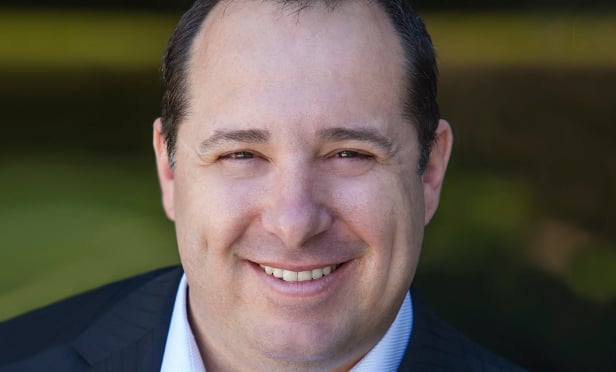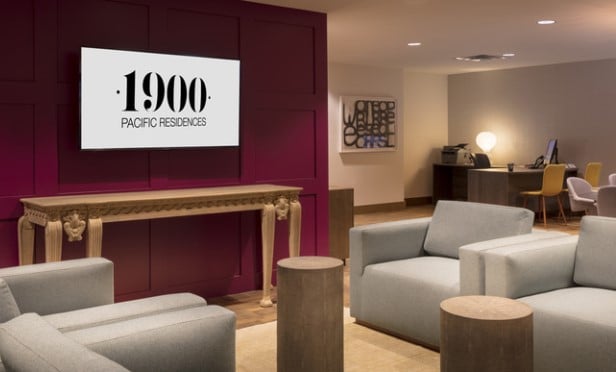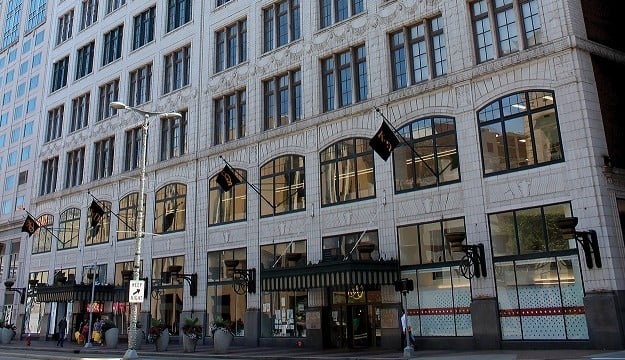TUSTIN, CA—Expect grocery stores to remain the focal point for shopping-center development, but how these grocery stores fight to remain competitive will be the difference maker for the future of neighborhood centers, Coreland Cos. VP Ben Terry tells GlobeSt.com. Neighborhood centers are a focal point for the firm, so we sat down with Terry to discuss where this segment of the retail sector is headed and where it fits in with current retail development.
GlobeSt.com: What does the future hold for neighborhood centers, its tenants and its customers?
Terry: The future of neighborhood shopping centers relies on the ability of retailers to continue evolving. Expect grocery stores to remain the focal point for shopping center development, but how these grocery stores fight to remain competitive will be the difference-maker.
Amazon Go's new convenience-store format is the next game changer. Like it or not, Amazon continues to push retailers to stay relevant. By potentially eliminating grocery-store checkout lines, it will push existing grocers even further when it comes to in-store innovation. This innovation is what will continue to attract customers.
GlobeSt.com: How has current retail development been impacted by the evolution of neighborhood centers?
Terry: We're seeing a number of significant changes in the development or redevelopment of neighborhood shopping centers. Owners are developing for higher-intensive parking uses, such as food, fitness and services, and we are seeing more pads on the street to support this.
As a result, neighborhood centers are either grocery- or restaurant-anchored, as opposed to big box-anchored. This will continue to evolve because a property's anchor no longer needs to fit a specific mold. It can be a grocer, gym, restaurant or even a public space.
GlobeSt.com: How have customer shopping habits changed neighborhood centers in the past several years?
Terry: Social media has changed the tenant mix because of the tremendous impact it's had on customer shopping habits. It has “evened the playing field” in terms of marketing when it comes to regional or local tenants who can now pull from a much wider demographic.
Hip concepts are not afraid of “B” or “C” shopping-center locations because they are leveraging these marketing channels. Like-minded retailers are also able to follow each other from one shopping center to another because they have a good understanding of their customers' shopping habits.
As a result, leasing strategies have changed. We are often targeting one or two creative, relevant food concepts to attract a new audience and set the tone for the remaining tenant mix.
GlobeSt.com: What are some unique ways that a landlord can attract and retain customers at a neighborhood center in a saturated market?
Terry: To the extent that the property can support it, the key is to focus on common areas and the overall customer experience. Adding simple seating elements, free WiFi and common-area music all create a better shopping experience. However, the shopping experience is not limited to the physical environment. The customer experience inside the stores or restaurants make as much of an impact.
Not everyone can put a park in the middle of a neighborhood center, but there are plenty of simple things that can be done. Cleanliness of a property and fostering quality retailers with good customer service create a better buying experience for customers.
Want to continue reading?
Become a Free ALM Digital Reader.
Once you are an ALM Digital Member, you’ll receive:
- Breaking commercial real estate news and analysis, on-site and via our newsletters and custom alerts
- Educational webcasts, white papers, and ebooks from industry thought leaders
- Critical coverage of the property casualty insurance and financial advisory markets on our other ALM sites, PropertyCasualty360 and ThinkAdvisor
Already have an account? Sign In Now
*May exclude premium content© 2024 ALM Global, LLC, All Rights Reserved. Request academic re-use from www.copyright.com. All other uses, submit a request to [email protected]. For more information visit Asset & Logo Licensing.









